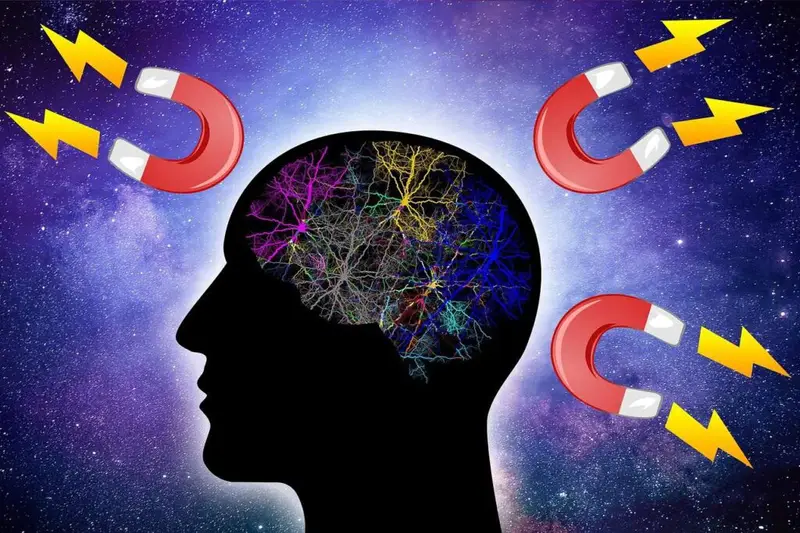Everything has an opposite on the same continuum
How would you know what heat is if you didn’t experience cold?
How would you know the feeling of joy if you didn’t ever feel sadness?
This is the Law of Polarity at work.
Every experience in life exists in contrast to something else. Light and dark. Good and bad. Success and failure. Calm and chaos. Opposites aren’t mistakes —they’re part of the design.
You need one to experience the other, and this is the gist of polarity. So let’s take a moment to be grateful for the ‘bad’ things in life that allow us to experience the good things.
All truths are but half truths and every truth is half false, there are two sides to everything, opposites are identical in nature yet different in degree
The Kybalion
Contrast Creates Clarity
Where I live, winters are long and dreary. There are weeks where the sun barely shows up, and the cold feels endless.
But when spring finally arrives, it feels electric.
Not because spring is objectively perfect—but because I now have contrast.
The cold made me appreciate the warmth.
The dark made the light matter more.
This same contrast exists in your emotional life, too.
You appreciate peace because you’ve lived through chaos.
You value connection because you’ve felt loneliness.
You know joy because you’ve met sorrow.
Your Emotions Aren’t Mistakes
We have a weird habit of labeling emotions as “good” or “bad.”
Happiness = good.
Anger, grief, frustration = bad.
But the Law of Polarity reminds us: all emotions exist on a spectrum.
They’re different degrees of the same thing. And they all have something to teach you.
-
Anger might be showing you where your boundaries are.
-
Grief might be proof that something mattered deeply to you.
-
Frustration could be the signal that it’s time to shift something.
These emotions aren’t failures. They’re feedback.
And if you can stop resisting them long enough to listen, they can move you forward.
Through the despair of losing a loved one to illness, we can learn appreciate our own health, and not take for granted the time we have with your family and friends. Without sadness, how would we know what joy feels like? Without one, the other ceases to exist.
All of our human emotions are part of the human experience and serve a greater purpose, whether they feel good or not.
Since all points on a continuum of emotion are necessary to provide a full experience of life, we can accept that negative emotion has its purpose. If we’re angry or sad or frustrated —it’s a valid emotion that is there for a reason— what is it teaching you?
We tend to resist and repress these emotions on the ground that they don’t feel good. Once we go beyond that though, there are important nuggets of information that contribute to our emotional and personal growth.
You’re not meant to float through life feeling blissed-out 24/7. That’s not real. That’s a performance.
The point isn’t to avoid sadness, anger, or fear.
The point is to recognize them—and use them to access deeper awareness.
Polarity gives us contrast. And contrast gives us context.
Without it, nothing would mean anything.
A perfectly “happy” life with no texture? That’s numbness, not fulfillment.
Advice:
Negative emotions are inevitable but necessary. Without them we wouldn’t know what positive emotions are. The goal is to accept the emotion, and instead of focusing on resisting it, accept it and focus on how it can help you going forward.
So, the next time you’re sitting in a hard feeling, try this:
Instead of fighting it, get curious about it.
Ask yourself:
-
What is this emotion teaching me?
-
What contrast is it offering?
-
What might this help me appreciate more deeply later on?
You don’t have to enjoy the lows. But you can respect them.
Because without them, the highs wouldn’t exist.
If you’re wanting to embrace this more in your life, book a free discovery call with me and let’s dive in together.
Explore the other 12 Universal Laws below:
Law of Divine Oneness
Law of Vibration
Law of Attraction
Law of Correspondence
Law of Action
Law of Cause and Effect
Law of Compensation
Law of Perpetual Transmutation of Energy
Law of Relativity
Law of Rhythm
Law of Gender



